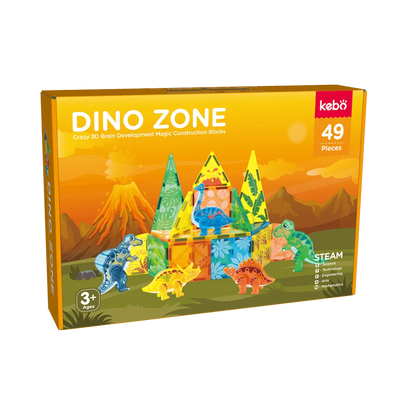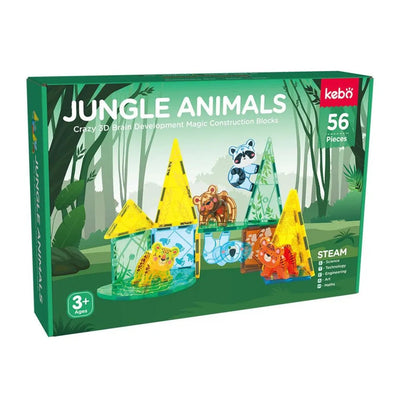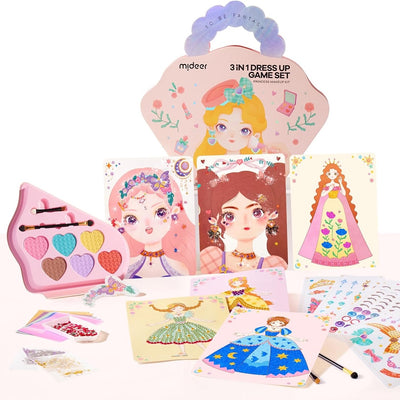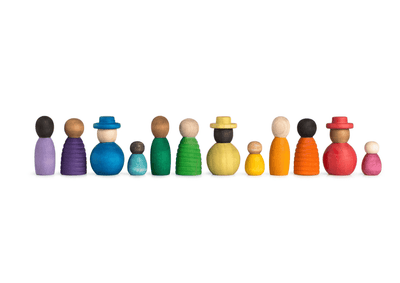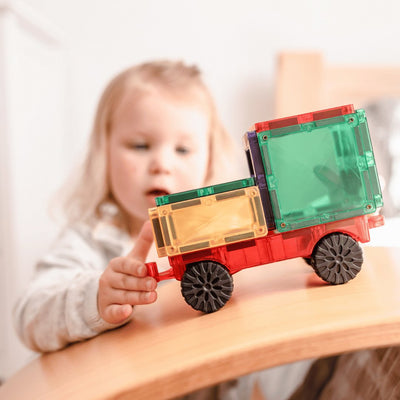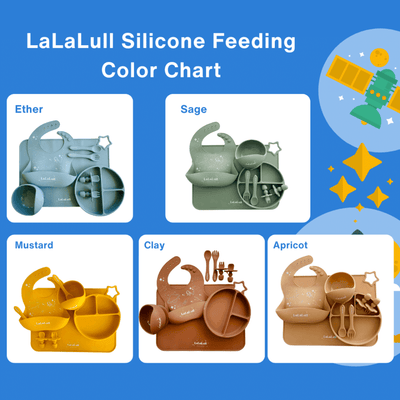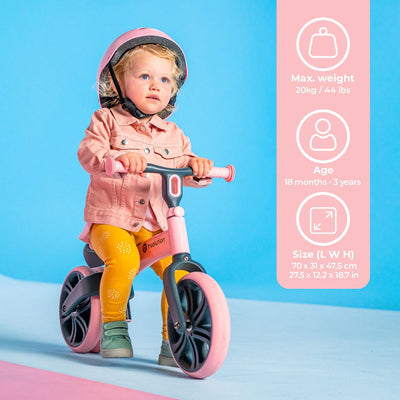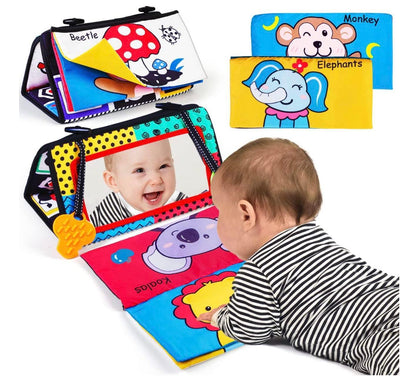Toy cars are timeless treasures for children, sparking hours of fun and igniting imaginations in countless ways. More than just playthings, these miniature vehicles are a powerful tool for developing creativity, spatial awareness, and problem-solving skills. Here’s how you can encourage your child’s creativity through imaginative play with toy cars.
1. Set the Scene with DIY Roads and Tracks
Creating roads or tracks for toy cars is a fantastic way to inspire creative play. Try using tape to create roads on the floor or cardboard to construct ramps and tunnels. You can even use markers to add stop signs, crosswalks, and roundabouts, introducing basic traffic rules as part of the fun.
Tip: A chalkboard or a dry-erase board on the floor can also serve as a canvas for temporary, customizable road maps. Encourage your child to add cities, parks, and houses along their route to expand their imaginative landscape.

2. Incorporate Natural Elements
Bring in natural elements like rocks, sand, leaves, and small branches to simulate different driving environments. These materials allow children to feel textures and understand terrains, adding realism to their play. Sand can become a sandy beach or desert, while pebbles and rocks can serve as obstacles for off-road adventures.
Creative Play Idea: Set up a construction site using sand and toy construction vehicles. Your child can pretend they’re building roads, houses, or even an entire town.
3. Encourage Storytelling Through Play
One way to cultivate a rich imagination is by turning playtime into a storytelling session. Encourage your child to think of their toy car as a character. Is it a race car, a delivery truck, or a firefighter rushing to the rescue? You can even add character cards to each car, giving them unique names, personalities, and roles in a story.
Interactive Challenge: Start a story by describing a scenario – maybe the fire truck needs to get through traffic to rescue a kitten. Let your child take over from there, guiding the car through challenges and solving problems along the way.
4. Add Figurines and Miniatures for Role-Playing
Adding people figurines or small animal toys turns the toy car setting into a lively scene. A little village with figurines as citizens gives children the chance to explore role-playing, developing empathy and social understanding. Kids can experiment with different scenarios, like stopping to help someone, running errands, or going on a family road trip.
DIY Tip: Try crafting small buildings from cardboard or blocks to make a miniature town. Including a gas station, a park, and houses will give their toy cars more "places" to explore.
5. Integrate Educational Themes
Play doesn’t just have to be fun; it can also be educational. Use toy cars to introduce basic math concepts, like counting the cars or sorting them by color or size. You can also use them to explain science concepts, like gravity, speed, and friction. Create a ramp with a slight incline and ask your child to predict which car will go faster based on size and weight.
Fun Experiment: Place different textured materials, like fabric, sandpaper, or foil, along a track and observe how the cars react on each surface. It’s an engaging way to introduce the concept of friction while keeping things playful.
6. Race and Time Trial Challenges
Set up a mini racing event where your child can test the speed of different cars. Use a timer to track how fast each car goes down a ramp or across a floor track. This not only brings out a sense of competition but also teaches concepts like timing, measurement, and cause-effect.
Extension Idea: Turn this into a science experiment by testing the effect of different starting heights or surfaces. Does the car go faster on a carpet or a hardwood floor? What happens if the ramp is higher?

7. Encourage Free Play with No Specific Goal
Sometimes, the best way to spark creativity is to give kids total freedom. Allow your child unstructured time to play however they wish. Sit back and watch as they invent new ways to interact with their toy cars, build new scenarios, and come up with stories on their own.
Pro Parent Tip: Avoid instructing them on how to play; instead, let them lead. Offer suggestions only when they’re seeking ideas, and you’ll see their creativity shine as they take ownership of their play.
8. Organize a Toy Car Parade or Display Day
Let your child showcase their collection by arranging their toy cars in a parade or display. This can be as simple or elaborate as they like. Encourage them to describe each car, sharing stories about where it’s going or its special abilities. This not only builds confidence but also helps them practice storytelling, language, and presentation skills.
Fun Twist: Host a family “Car Show” day where everyone brings a favorite toy car. Add awards for categories like “Fastest Looking,” “Most Colorful,” or “Most Imaginative Design.”
Final Thoughts
Toy cars offer endless opportunities for creative play and learning. By setting up scenes, telling stories, and allowing for free exploration, you can foster a rich environment where children’s imaginations can thrive. These simple, engaging activities don’t just keep children entertained but also encourage cognitive and emotional growth.
So, grab some toy cars, set up a track, and let the adventures begin!
Shop a wide range of toy vehicles, road puzzles and tracks from BabyCoo Australia
